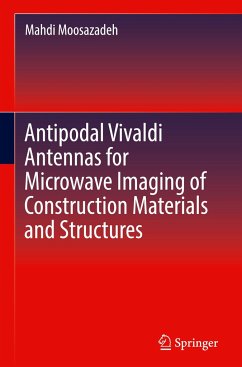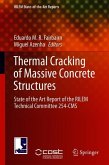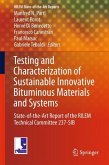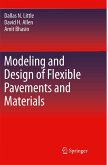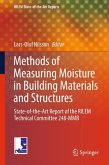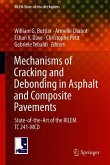The research described here develops and applies novel, ultra-wideband (UWB) antipodal Vivaldi antennas for high-resolution detection of defects and damages in composite construction materials and structures using their microwave and millimeter wave imaging. The author examines the challenges of applying the UWB microwave technique in that the technique is dependent on the operating frequency used for the specified material under test. In this context, the objectives of this research volume include, but are not limited to, development of a small UWB antenna at frequency range from 5 GHz - 50 GHz for microwave and millimeter wave imaging of wide range of low loss construction materials, design of a small UWB antenna operating for microwave and millimeter wave imaging of low loss and high loss materials for the purpose of detection of surface damages of concrete under low loss materials, and development of a UWB antenna at frequency range from 2 GHz - 27 GHz for microwave imaging of low loss and high loss materials such as concrete structures and layered structures for the purpose of detection of cavities inside concrete.
Bitte wählen Sie Ihr Anliegen aus.
Rechnungen
Retourenschein anfordern
Bestellstatus
Storno

